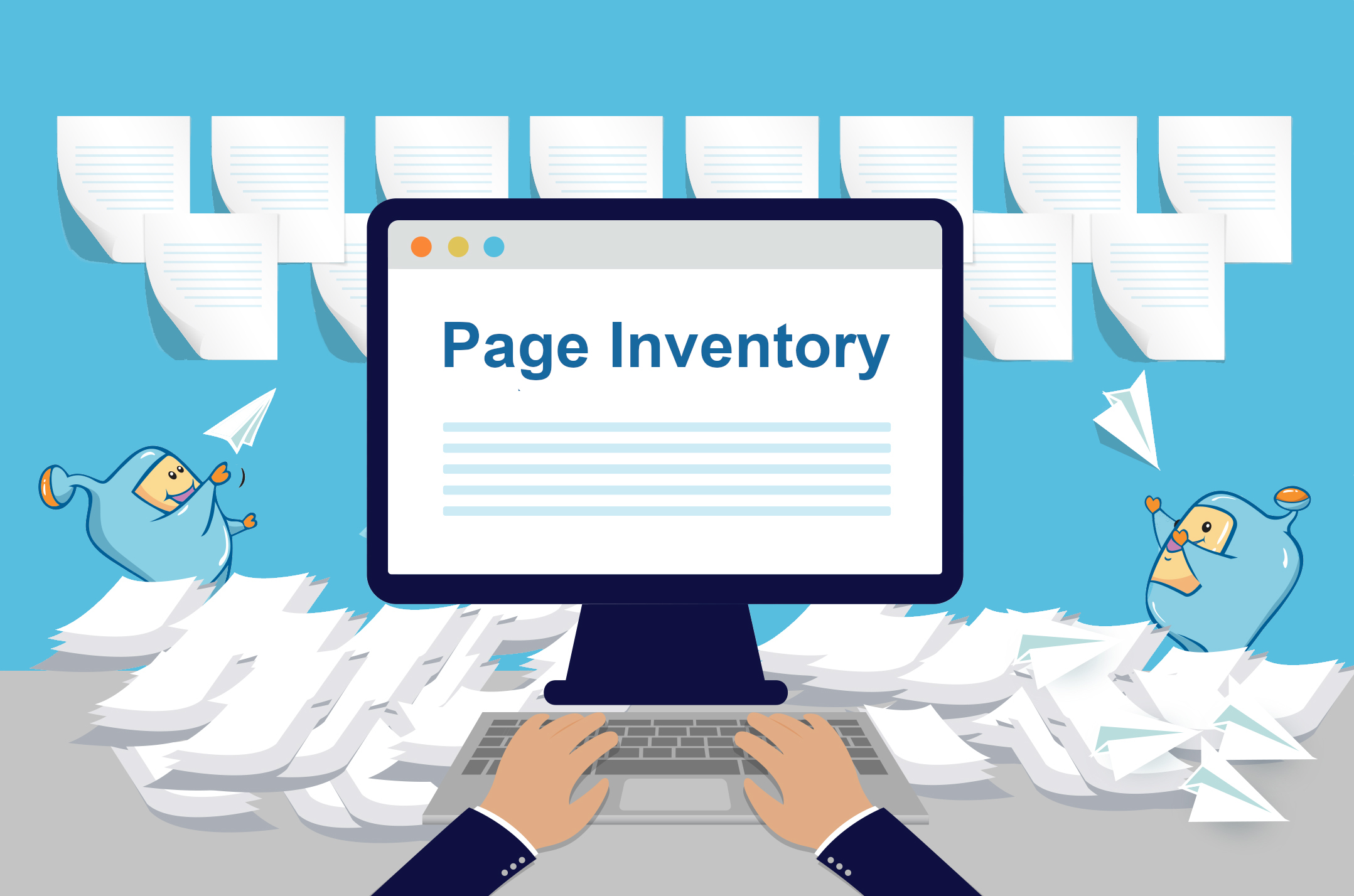Sitemaps play a crucial role in ensuring that search engines effectively discover, crawl, and index the content of your website.
Acting as a blueprint for your site, sitemaps provide search engines with a clear roadmap of all your web pages, indicating their importance and relationship.
By utilizing sitemaps, you can enhance the visibility of your website's content and improve its chances of being accurately indexed by search engines.
In this article, we will explore the significance of sitemaps, their benefits for SEO, and best practices for creating and optimizing sitemaps to maximize your website's search engine performance.

Here is what you will read in this article:

A sitemap is a file that lists and provides information about the pages, content, and structure of a website.
It serves as a blueprint or roadmap for search engines to understand and navigate a website's content.
A sitemap helps search engine crawlers discover and index all the pages on a website, ensuring that they are properly included in search engine results.
It provides metadata about each page, such as its URL, last modified date, and priority, which helps search engines determine the relevance and importance of each page.
A sitemap can also benefit website visitors by providing an organized overview of the website's structure, making it easier for them to navigate and find specific pages or content.

Sitemaps play a crucial role in the overall search engine optimization (SEO) strategy of a website.
Here are some key reasons why sitemaps are important:
There are also specific cases where a sitemap is particularly useful.
For instance, if your website is new with only a few external backlinks, or if you have a large e-commerce site with millions of pages, then a sitemap becomes crucial in helping search engines find all your pages.
Your first step is to create a sitemap.
Creating a sitemap involves several steps.
Here's a general guide on how to create a sitemap:
1. Determine the Pages to Include:

Take an inventory of all the pages on your website that you want to include in the sitemap.
This typically includes your main pages, blog posts, product pages, and other relevant content.
2. Choose a Sitemap Format:
Decide on the format for your sitemap.
There are several types of sitemaps that serve specific purposes:
These different types of sitemaps cater to specific content formats, enabling search engines to better navigate and index the relevant content on your website.
3. Use a Sitemap Generator Tool:
There are various online sitemap generator tools available that can help you create a sitemap quickly and easily.
These tools usually require you to input your website's URL and specify any customization options, such as the frequency of updates and priority of pages.
If you're using WordPress, you can utilize the Yoast SEO plugin, which automatically updates your sitemap whenever you add new pages to your site.
Alternatively, there are other plugins available, such as Google XML Sitemaps, for creating a sitemap in WordPress.
If you're not using WordPress, you can use third-party sitemap generator tools like XML-Sitemaps.com to create an XML file for your sitemap.
4. Generate the Sitemap:
Once you've configured the settings, generate the sitemap using the chosen sitemap generator tool.
The tool will scan your website and automatically generate the sitemap file in the selected format.
5. Upload the Sitemap to Your Website:
Once the sitemap file is generated, download it to your computer.
Then, upload the file to the root directory of your website using FTP (File Transfer Protocol) or your website's content management system (CMS).
To submit your sitemap to Google:
To improve your content strategy using sitemaps, consider the following best practices:
Once set up, you'll start seeing information about your sitemap in the "Submitted Sitemaps" section.
After Google has crawled your sitemap, you can click on it under "Submitted Sitemaps" to see if it was processed successfully.
You can also access the Coverage Report, which shows how many URLs were found in your sitemap and how many of them ended up in Google's index.
Take note of any "Excluded" pages and investigate the reasons behind their exclusion.
A sitemap can provide an estimate of how many pages you want indexed versus how many are actually indexed.
If there's a significant difference, it may indicate issues such as duplicate content or exceeding your crawl budget.
Ensure that your sitemaps and Robots.txt file work together cohesively.
Pages blocked by the Robots.txt file or marked with a "noindex" tag should not appear in your sitemap.
Consistency is key to avoid sending mixed signals to search engines.
By implementing the following sitemap pro tips, you can optimize the functionality and effectiveness of your sitemaps:

If your website has a large number of pages, it is recommended to break your sitemap into smaller sitemaps.
This is because sitemaps have a limit of 50,000 URLs.
By dividing your sitemap into smaller chunks, you ensure that all your web pages are included and that the sitemap remains within the allowed size limit.
This can help search engines effectively crawl and index your website's content without any limitations.
When assigning "last modified" dates to URLs in your sitemap, it is important to be mindful of when you make changes.
Only update the dates when you have made significant modifications or added new content to a page.
Changing the dates on unchanged pages can be seen as a manipulative tactic by search engines and may not provide any real value.
It's best to reserve date updates for actual updates to maintain the integrity and credibility of your sitemap.
In the past, video sitemaps were used to optimize video content on websites.
However, with the advancement of Video Schema, the need for video sitemaps has diminished.
While having a video sitemap won't harm your page's ability to appear with a video rich snippet in search results, it is usually not necessary.
Video Schema markup provides more comprehensive information about your videos and is the preferred method for optimizing video content for search engines.
Both Google and Bing have a maximum file size limit of 50MB for sitemaps.
It is crucial to ensure that your sitemap file remains within this size limit.
If your sitemap exceeds this limit, search engines may not be able to process it fully, resulting in incomplete indexing of your web pages.
Regularly check the size of your sitemap and make adjustments if needed to ensure it stays under the specified file size limit.
Sitemaps are an essential component of an effective SEO strategy.
By providing search engines with a comprehensive blueprint of your website's content, sitemaps enhance the discoverability and indexability of your web pages.
They help search engines navigate through your site, ensuring that no valuable content goes unnoticed.
Additionally, sitemaps assist in addressing specific scenarios such as new websites with limited backlinks or large e-commerce sites with numerous pages.
By following best practices, such as creating accurate and up-to-date sitemaps, matching them with your Robots.txt file, and utilizing sitemap reports for error identification, you can optimize your website's indexing process.
Incorporating sitemaps into your SEO efforts will contribute to improved visibility, better search engine rankings, and ultimately, a more successful online presence.